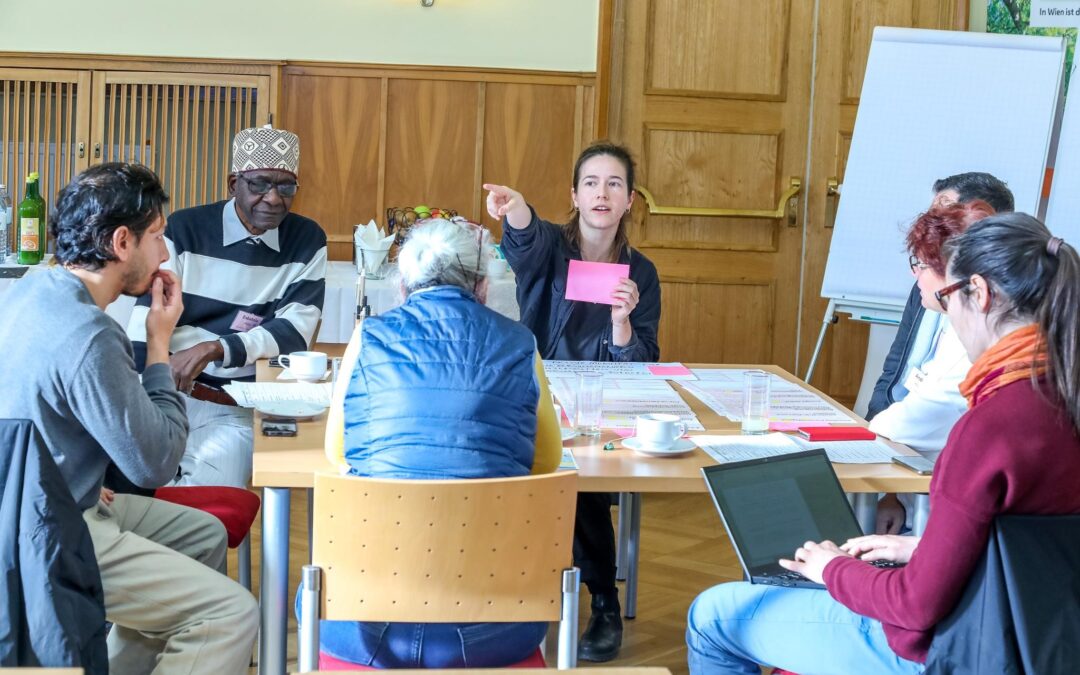
Observing citizen juries in the Vienna Klimateams
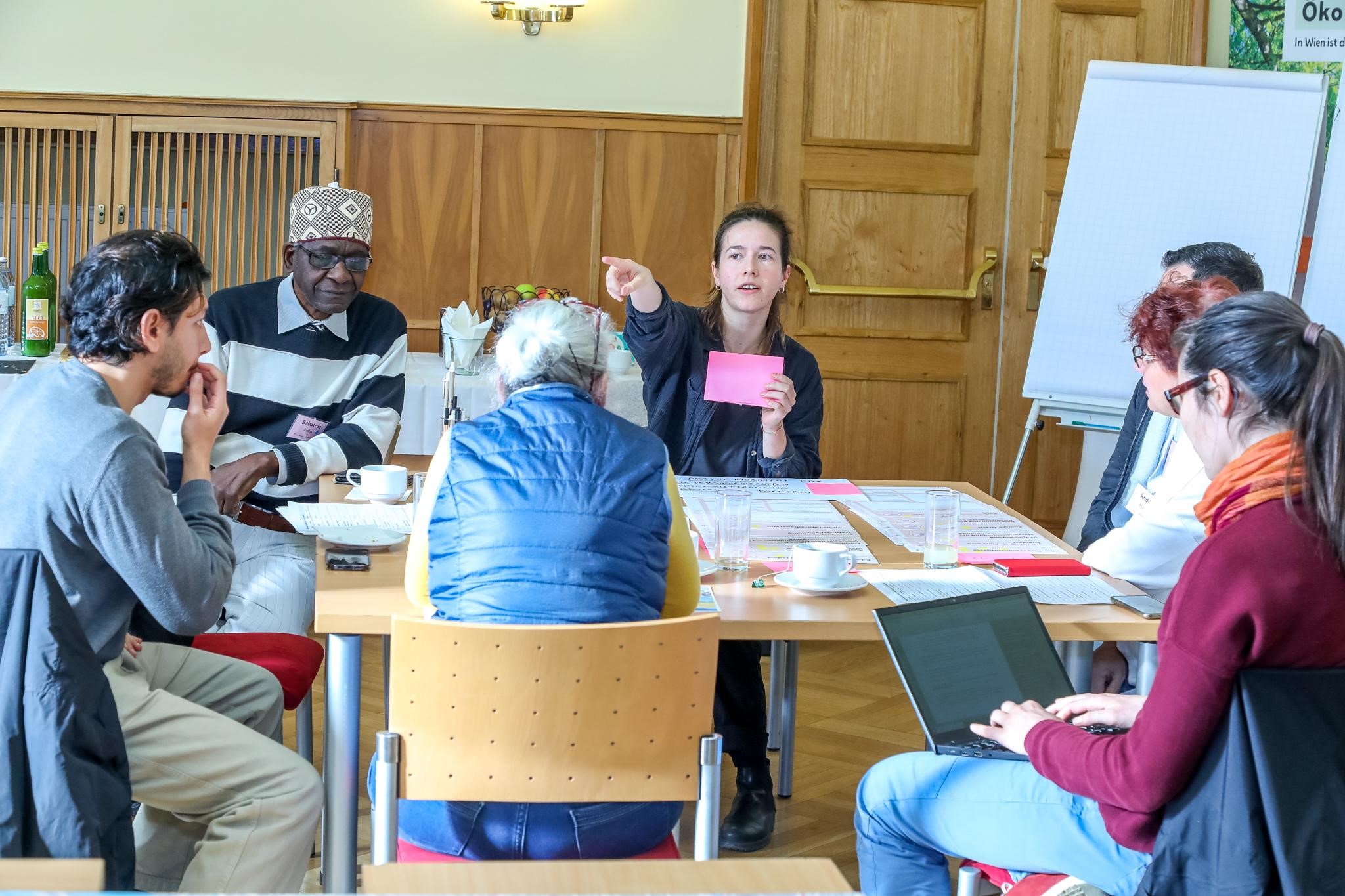
Systematic observation of the Jury meeting of the Viennese district of Floridsdorf in October 2023. Photo credit: © MA 20 / Fürthner
In the months of October and November 2023, our LOCALISED partner ÖGUT has taken part in the meetings of the recently formed citizen juries in three districts of Vienna, organized in the context of the Vienna Klimateams project.
The City of Vienna is confronting the link between the climate crisis and the issue of democratic policy making in different ways. One of them is the Vienna Klimateams project, initiated in 2022. This innovative project consists in developing a participatory budget at the district level, through which diverse groups of citizens can propose different socially just climate measures which then get rated by experts and transformed into project proposals in a joint process of citizens and experts. In a final step, a citizen jury chosen by lottery decides on which projects will be implemented with the available budget, allowing citizens to take the future of their districts in their own hands. The Vienna Klimateams groundbreaking approach earned it recognition. The project was indeed nominated for the ÖGUT Umwelt Prize of 2022 and won the Austrian Administration Prize in the category of Participation in 2023.
Maxie Riemenschneider from ÖGUT observed the whole participatory process and in the months of October and November, carried out a systematic observation of the Jury process. She observed the group processes and interactions leading to consensual decision over the best climate projects at the district level. The systematic observation of citizen juries is crucial for LOCALISED, because from these meetings we are able to gather relevant input for the development of the Citizen Engagement Blueprint – one of the final products of the LOCALISED project, aimed at guiding policy and decision makers to engage with citizens and specifically vulnerable groups when developing climate strategies. Thus, the events organized in the context of the Vienna Klimateams represent a mutual learning experience between LOCALISED project partners, citizens, politicians and city administrations.
“Observing citizens’ juries has been an incredibly inspiring experience. The diverse groups of selected citizens all demonstrated a deep sense of responsibility towards the future development of their districts and high motivation for the steps to come.”, Maxie Riemenschneider says. “We are looking forward to following and supporting the future developments of the project and putting our learnings into practice with the creation of the Citizen Engagement Blueprint!”.
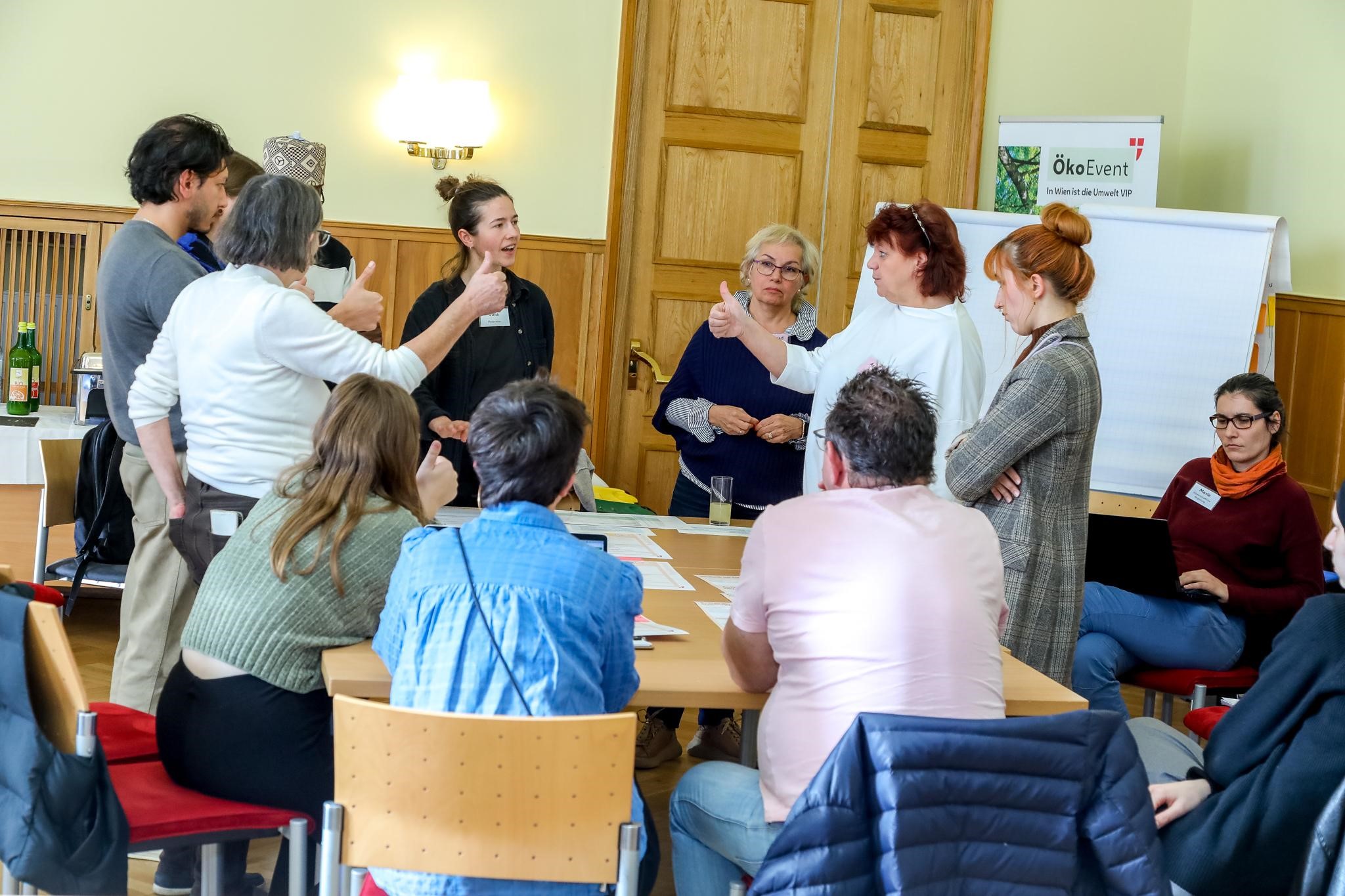
Citizen Jury of Floridsdorf reaching consensus on some of the projects to be implemented, October 2023. Photo credit: © MA 20 / Fürthner

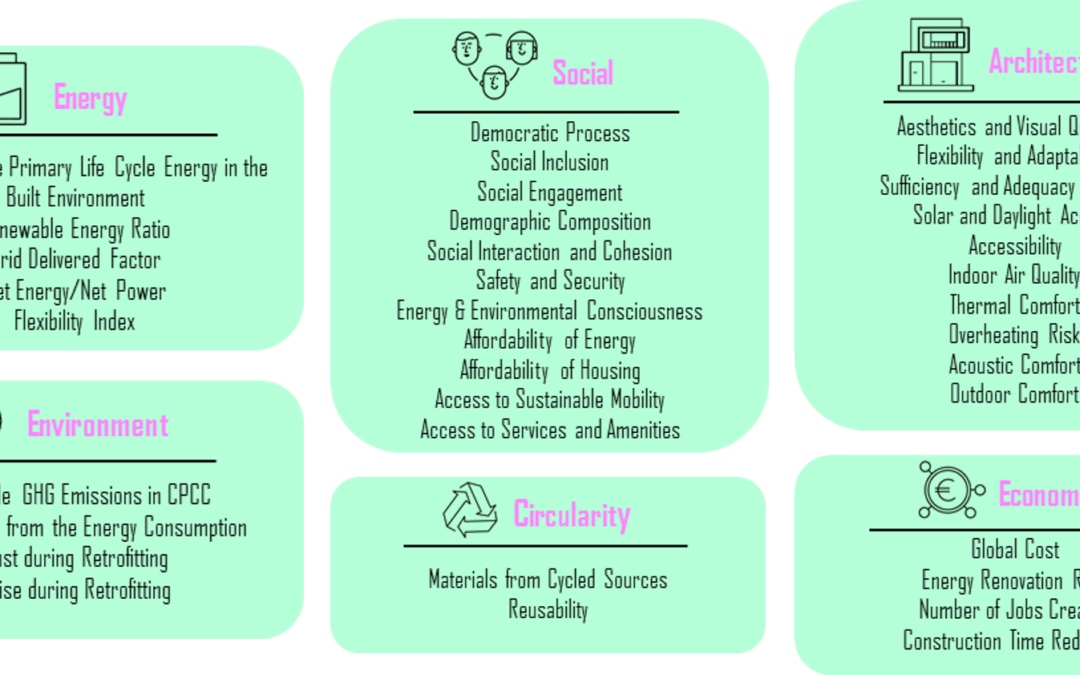
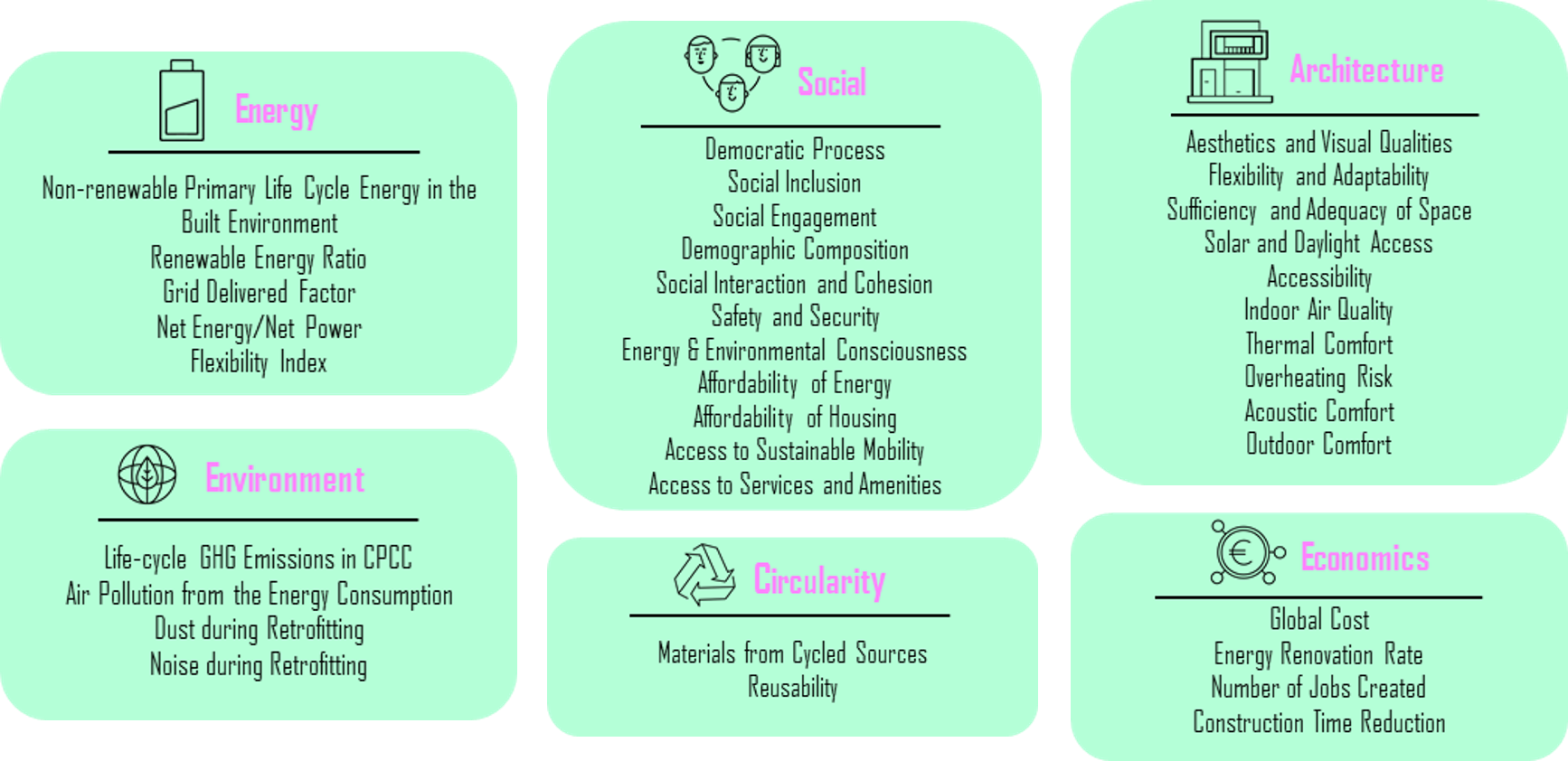
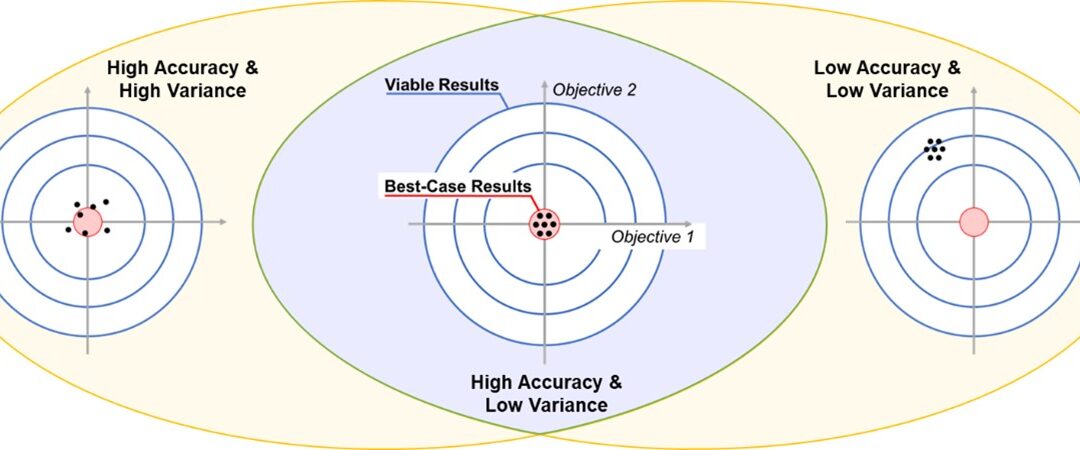




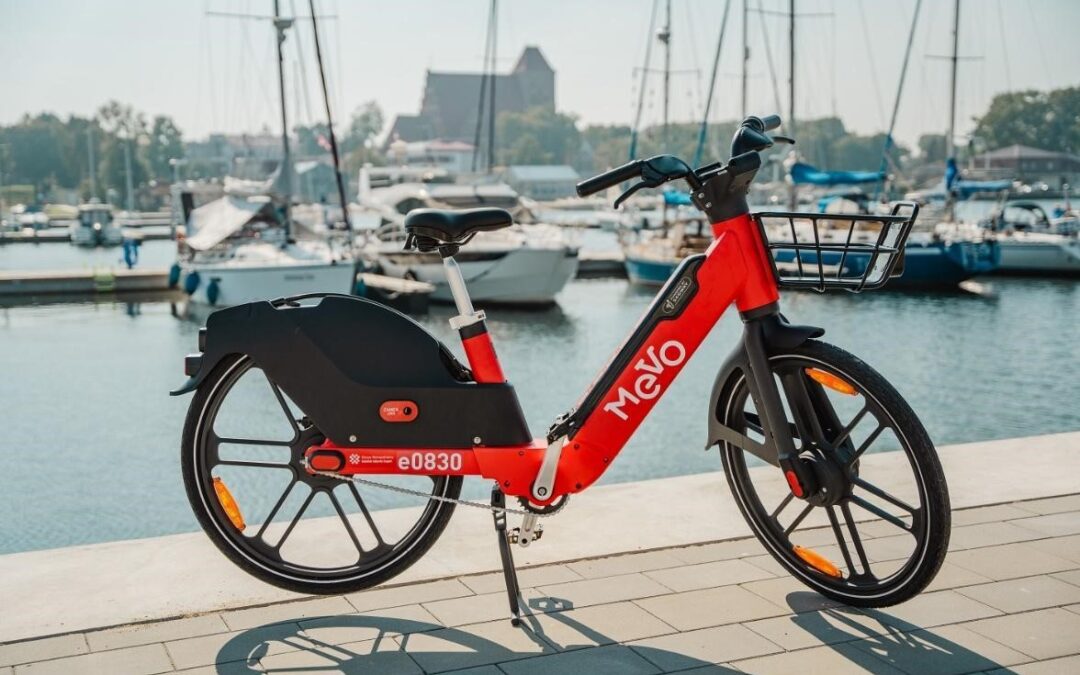
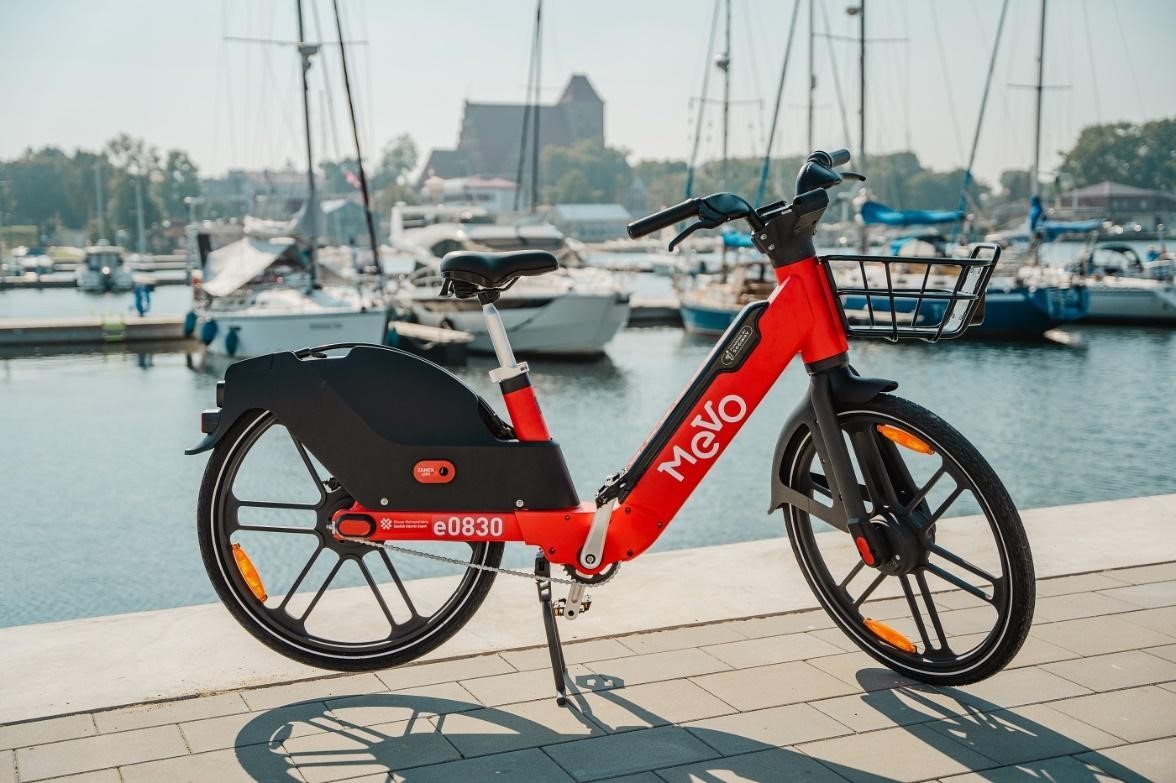
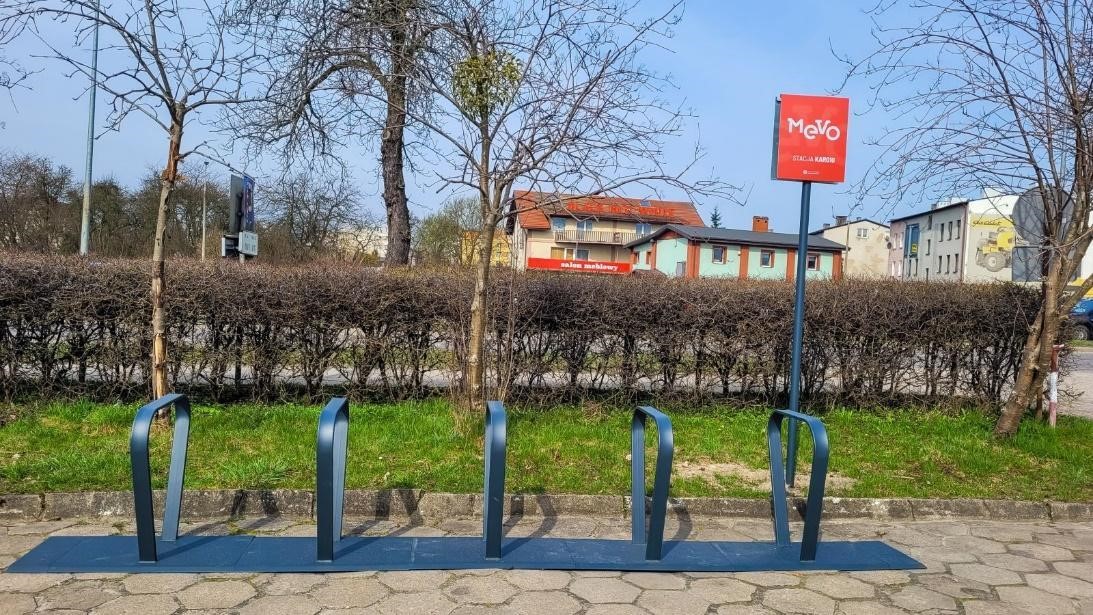
Recent Comments